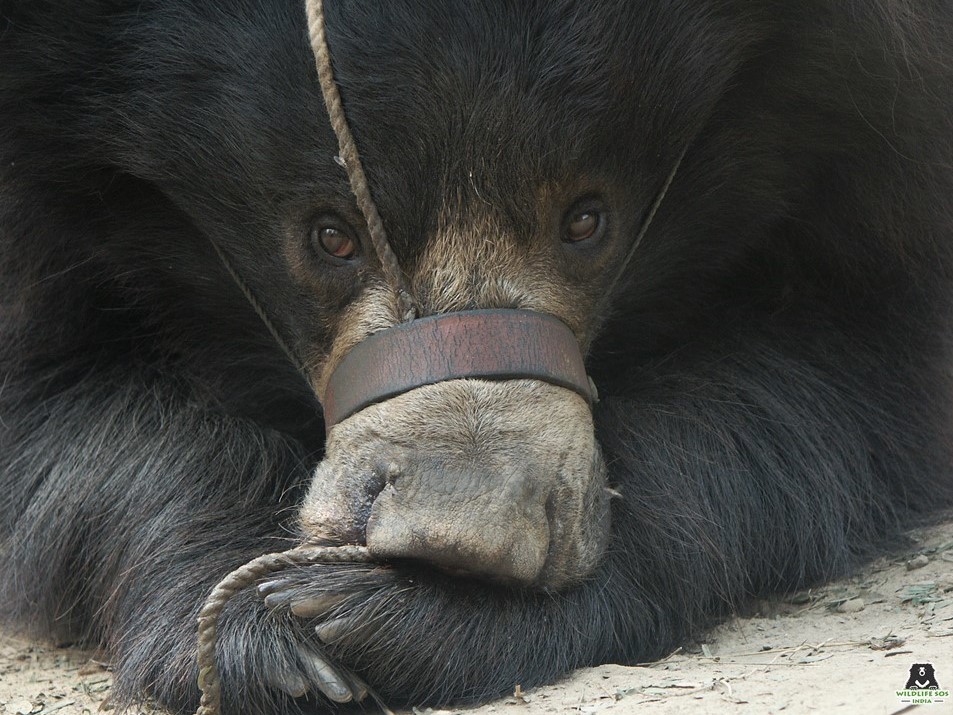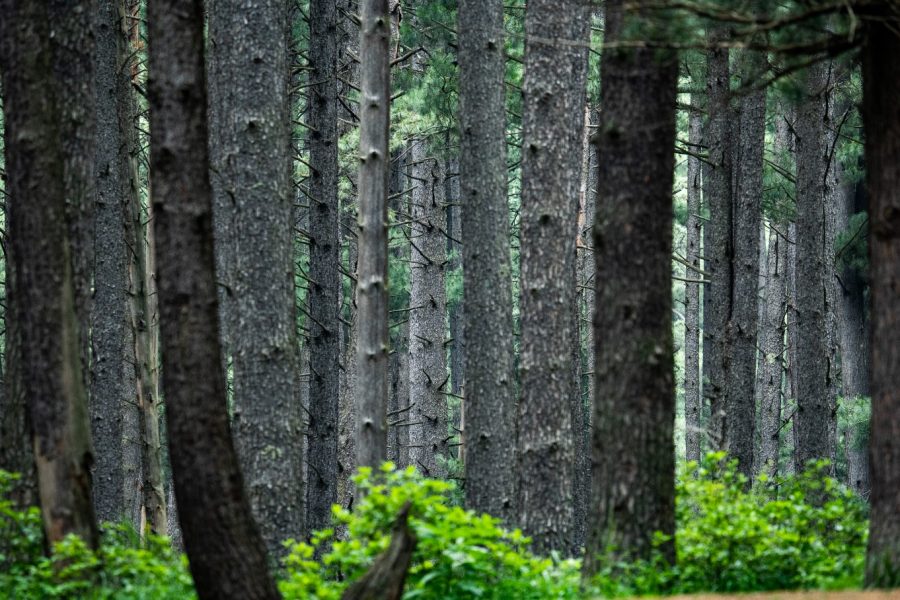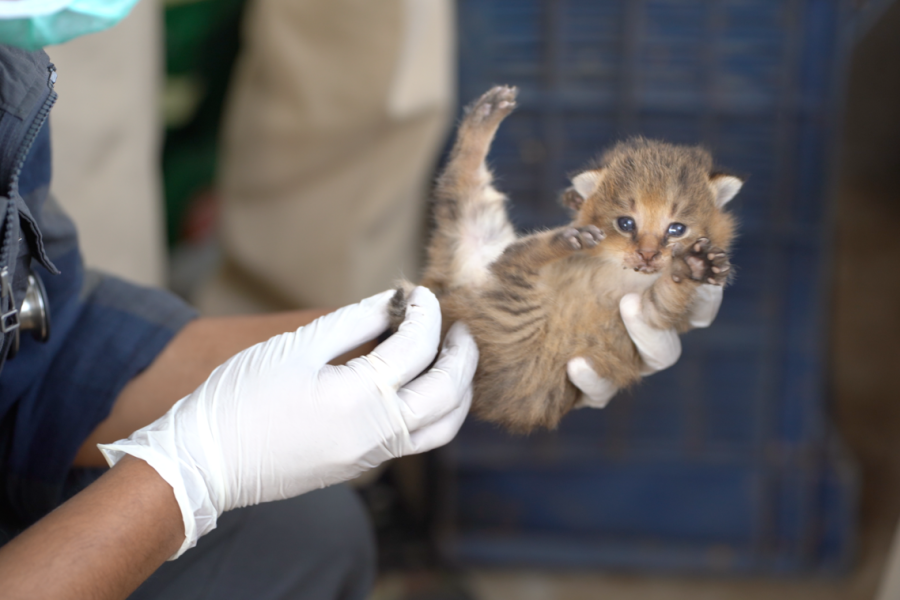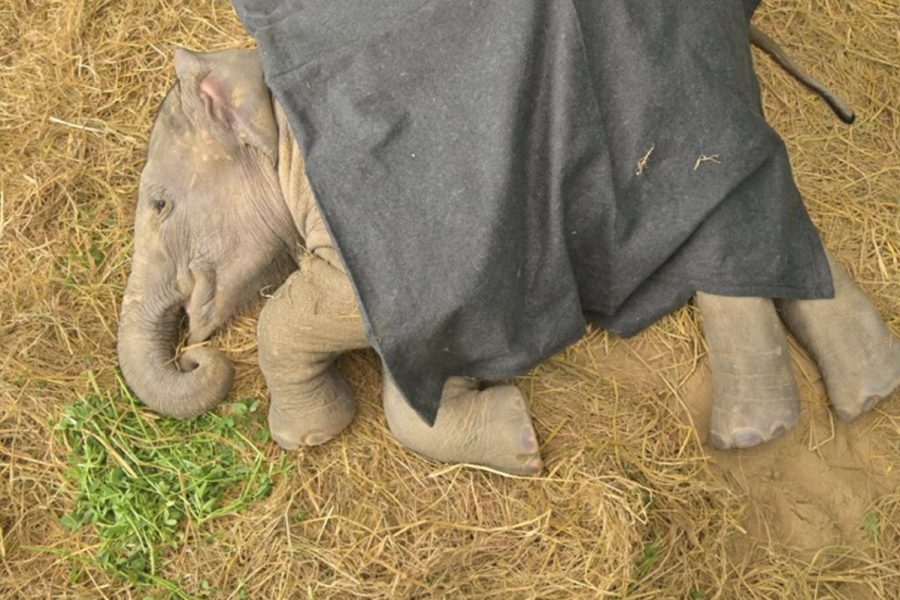In the pursuit of profound and lasting change, small steps often lead to transformative outcomes. This is precisely the philosophy that guided Co-founders Kartick Satyanarayan and Geeta Seshamani to start Wildlife SOS. Established in 1995, Wildlife SOS saw its humble beginning in a small garage in New Delhi, where a group of like-minded individuals united to dedicate themselves towards the conservation of India’s rich natural heritage — wildlife. With a shared goal of aiding animals in distress, a strong foundation was laid for what would eventually become one of India’s largest wildlife rescue and rehabilitation organisations, now operating 13 centres nationwide.
How It All Began
The story of Wildlife SOS started with the mission to save sloth bears from the ‘dancing’ bear trade. For generations, the sight of a sloth bear moving to the tunes of a damru captivated children and adults alike. The pain and distress of the bear remained masked to audiences that were spellbound by the entertaining act. Only a few were aware of the suffering endured by these wild animals, who had been torn away from their natural habitat at a young age.
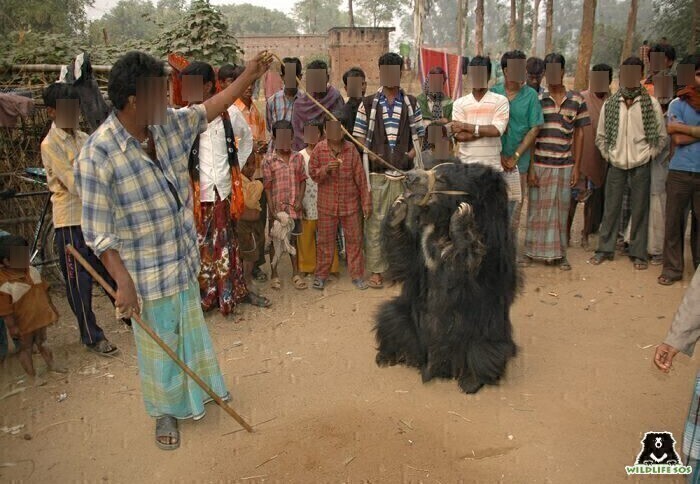
The tradition of ‘dancing’ bears traces its roots to ancient India, particularly during the Vedic Era (1000-700 BCE). Much before it became a performance for commoners, this act flourished as a spectacle for the elite during the Mughal Era. A nomadic group, with historical ties to emperors, would lead the practice by capturing and training the bears. Over time, the tradition arrived to the streets to please one and all, and became the only means of livelihood for its practitioners, the Kalandar tribe. Unfortunately, this occupation was based on the exploitation of sloth bears. Young cubs were poached from the wild after their mothers were mercilessly killed, and were tortured to comply with their captors. Rampant illegal trade of these bears pushed them into the Vulnerable category on the IUCN Red List of Threatened Species.
Expanding The Scope Of Work
Despite being banned in 1972 and its complete prohibition in 1998, the ‘dancing’ bear practice persisted due to the limited economic opportunities available to the Kalandar community. Thus, in order to address the intricate challenge of economic survival and wildlife protection, Wildlife SOS followed a holistic approach and provided support to the Kalandar community.
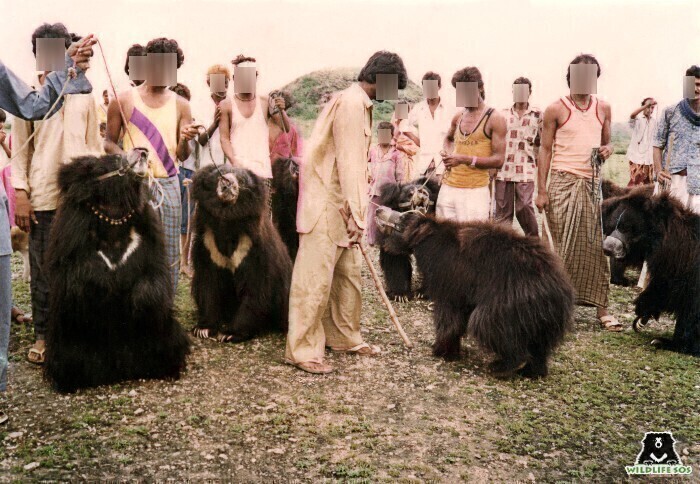
Recognising the need to economically uplift the community and prevent them from returning to an outdated practice, the organisation has introduced them to alternative means of livelihoods. This includes the provision of seed money to empower the men to start their own businesses, offering vocational training for women for their financial independence, and sponsoring their children’s education to break the vicious cycle of poverty.
Additionally, many of the Kalandar men were also employed in Wildlife SOS rescue centres, transforming them from former poachers and bear trainers to the current protectors and caregivers of the species. By leveraging their generational knowledge of bear behaviour, these individuals now play a key role in safeguarding the bears under long-term care.
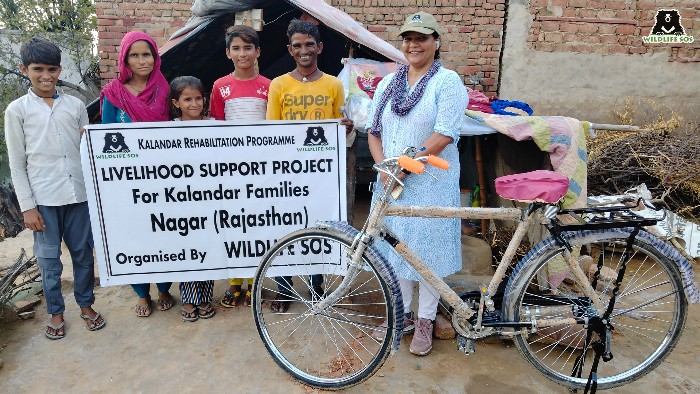
After 14 gruelling years marked by unwavering determination and massive efforts, Wildlife SOS achieved a significant milestone in 2009 with the rescue of Adit, the last ‘dancing’ bear, which finally put an end to the practice in India. Over the last three decades, Wildlife SOS has rescued and rehabilitated more than 625 sloth bears, marking a crucial step towards the conservation of this species. The organisation currently operates four rescue centres in Uttar Pradesh, Karnataka, Madhya Pradesh, and West Bengal, where care is given to nearly 200 bears.
Although the ‘dancing’ bear trade was halted in India, bears were still being poached for trade across borders in neighbouring countries. In response to this, Wildlife SOS established an anti-poaching squad called Forest Watch. Initially focused on rescuing sloth bears from the illegal trade, Forest Watch, over time, has expanded its mission to combat all forms of wildlife trafficking.
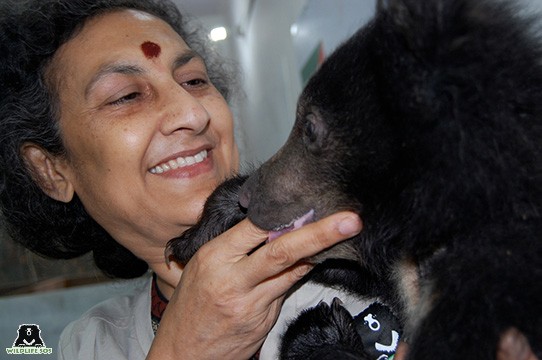
With a growing commitment to eradicate illicit activities, Forest Watch collaborates closely with law enforcement agencies. Their efforts involve busting traffickers and smugglers, which leads to the recovery of several animal products such as pelts, bones, ivory, other body parts harvested from poached wildlife. At times, these operations lead to the rescue of live animals being touted for underhand selling. Forest Watch also extends its legal assistance when required, ensuring that individuals involved in illegal wildlife activities face appropriate consequences.
Advocating for In-Situ Conservation
To sustain conservation efforts for wildlife, there is a real need to go beyond ex-situ efforts. Ex-situ conservation involves preserving biological diversity in spaces such as zoos, captive breeding, aquariums, botanical gardens, gene banks, and rescue centres.
In-situ conservation is pivotal for maintaining and restoring healthy populations of animals within their natural habitat. This effort is bound to lead to the overall well-being of the environment as well. Wildlife SOS advocates for initiatives like habitat protection, anti-poaching measures, and the promotion of peaceful coexistence of wildlife and communities residing close to forest zones.
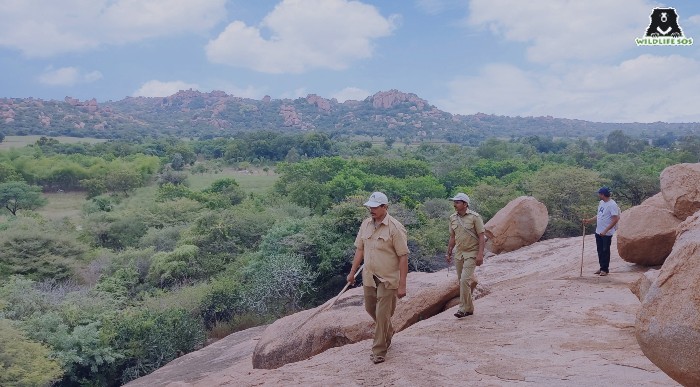
Understanding the steep decline of sloth bears from an area that was once richly populated, Wildlife SOS undertook steps that align with in-situ conservation. The Habitat Conservation Project near the Ramdurga Valley in Koppal, Karnataka, aims at protecting precious sloth bear territory. Approximately 50 acres of land near the Ramdurga village has been revived with flora indigenous to the region to create a wildlife corridor that links it to a forest reserve.
Another aspect of this initiative has been able to address a grave issue that impacted the local human community as well. Ramdurga village had been grappling with water scarcity, compelling its occupants to migrate during the summer months. This was also when ritual hunting practices in this zone would increase uncontrollably. A community-centric strategy was therefore adopted with a two-pronged approach: While patrolling guards from the residing community monitored hunting activities, Wildlife SOS introduced essential structures and troughs for effective irrigation that would benefit farmers of the locality. The latter led to the recreation of native wetlands and even replenished the underground water table, alleviating challenges faced by wildlife, surrounding flora, and human beings. In fact streams, that were once dry, are now flowing for over nine months each year!

Not only has the Ramdurga conservation project brought back sloth bears to this valley, a number of bird and animal species have returned as well to create a thriving ecosystem. Local community members and former poachers are now actively protecting this biodiverse area, allowing wildlife to safely prosper.
Conducting Focused Research
Wildlife SOS also leverages the power of field research to discover long-lasting solutions for the various issues faced by the wildlife. Research conducted by the team spans wildlife ecology, human-wildlife conflict, and rehabilitation efforts for sloth bears, the least studied species among all eight bears. Studying animals in their natural habitat offers weighty insights into their living conditions, behaviours, and physiology, which can enhance the ability to care for rescued sloth bears effectively.
Some of the projects pioneered by Wildlife SOS on sloth bears are as follows:
- Sloth Bear Denning Project: The Wildlife SOS team launched the project to study sloth bear biology and behaviour in various Karnataka forest divisions. Using advanced techniques like camera traps, over 500 resting dens and 42 maternal dens were identified in the Deccan Plateau. The study led to striking revelations, such as bear habitats being highly fragmented, degraded and interspersed with human settlements. Furthermore, changes in sloth bear behaviour were noted and attributed to constant human interference.
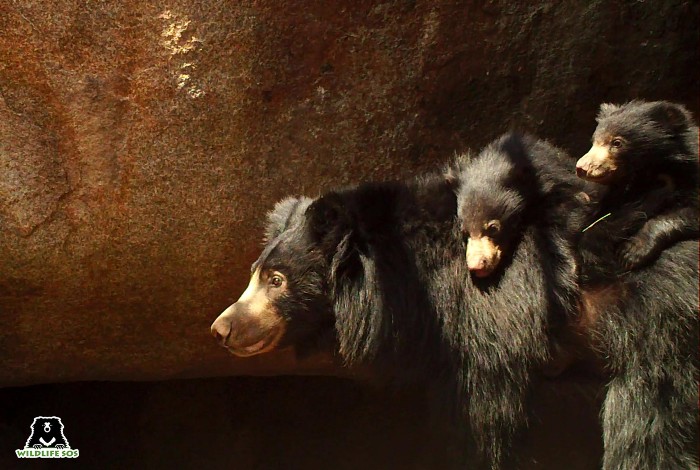
- Reproductive Endocrinology and Behaviour of Sloth Bears: This research investigates the correlation between reproductive hormones and female sloth bear behaviour, and provides valuable insights into the changes experienced by female sloth bears during different stages of sexual development.
- Study To Track Sloth Bears In Karnataka: This project aims to understand sloth bear movements, assess population status, and the bears’ home range and habitat selection in order to identify solutions for minimising human-sloth bear conflicts in Bellary, Koppal, and Tumkur districts of Karnataka. A plan to radio-collar sloth bears has been devised so as to collect this data, which will help mitigate conflict by ensuring the safety of people and sloth bears.
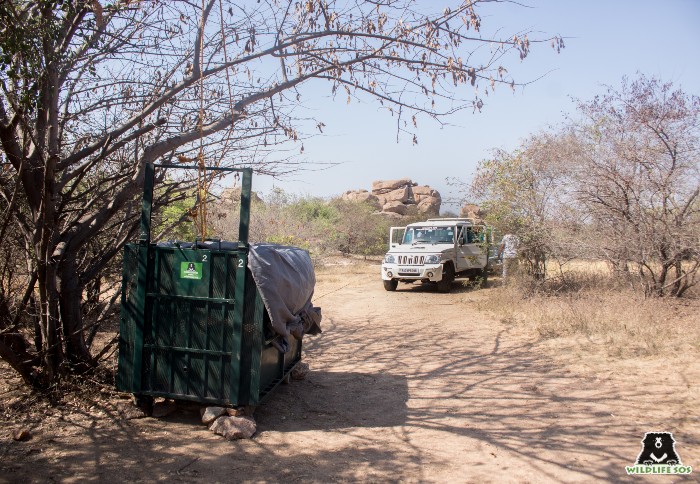
As Wildlife SOS continues to grow and evolve, its anchoring objective to conserve wildlife remains firm. The organisation envisions a future where anthropogenic factors do not meddle with the safe survival of animal species in their natural habitats. Its research and conservation wing tirelessly undertakes advanced, long-term studies to gather essential data that can help secure a future for wildlife. To make sure that these studies are carried out effectively requires expertise and sufficient resources. Would you like to become a wildlife warrior and join this cause? You can play an impactful role to support Wildlife SOS’s initiatives by making a donation today.

